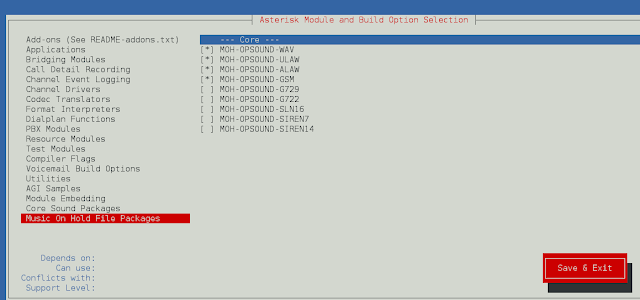java.util.Enumeration interface is one of the predefined interfaces, whose object is used for retrieving the data from collections framework variable( like Stack, Vector, HashTable etc.) in a forward direction only and not in the backward direction. This interface has been superceded by an iterator.
The Enumeration Interface defines the functions by which we can enumerate the elements in a collection of elements. For new code, Enumeration is considered obsolete. However, several methods of the legacy classes such as vectors and properties, several API classes, application codes use this Enumeration interface.
Important Features
- Enumeration is Synchronized.
- It does not support adding, removing, or replacing elements.
- Elements of legacy Collections can be accessed in a forward direction using Enumeration.
- Legacy classes have methods to work with enumeration and returns Enumeration objects.
Declaration
public interface Enumeration<E>
Where E is the type of elements stored in a Collection.
The sub-interfaces of Enumeration interface is NamingEnumeration and implementing class is StringTokenizer.
Creating Enumeration Object
Vector ve = new Vector(); Enumeration e = v.elements();
Example:
Java
// Java program to test Enumerationimport java.util.Vector;import java.util.Enumeration;public class EnumerationClass { public static void main(String args[]) { Enumeration months; Vector<String> monthNames = new Vector<>(); monthNames.add("January"); monthNames.add("February"); monthNames.add("March"); monthNames.add("April"); monthNames.add("May"); monthNames.add("June"); monthNames.add("July"); monthNames.add("August"); monthNames.add("September"); monthNames.add("October"); monthNames.add("November"); monthNames.add("December"); months = monthNames.elements(); while (months.hasMoreElements()) { System.out.println(months.nextElement()); } }} |
January February March April May June July August September October November December
Java Enumeration Interface With SequenceInputStream
Java
import java.io.*;import java.util.*;class GFG { public static void main(String args[]) throws IOException { // creating the FileInputStream objects for all the // files FileInputStream fin = new FileInputStream("file1.txt"); FileInputStream fin2 = new FileInputStream("file2.txt"); FileInputStream fin3 = new FileInputStream("file3.txt"); FileInputStream fin4 = new FileInputStream("file4.txt"); // creating Vector object to all the stream Vector v = new Vector(); v.add(fin); v.add(fin2); v.add(fin3); v.add(fin4); // creating enumeration object by calling the // elements method Enumeration e = v.elements(); // passing the enumeration object in the constructor SequenceInputStream bin = new SequenceInputStream(e); int i = 0; while ((i = bin.read()) != -1) { System.out.print((char)i); } bin.close(); fin.close(); fin2.close(); }} |
Creation Of Custom Enumeration
Java
import java.util.Enumeration;import java.lang.reflect.Array;public class EnumerationClass implements Enumeration { private int size; private int cursor; private final Object array; public EnumerationClass(Object obj) { Class type = obj.getClass(); if (!type.isArray()) { throw new IllegalArgumentException( "Invalid type: " + type); } size = Array.getLength(obj); array = obj; } public boolean hasMoreElements() { return (cursor < size); } public object nextElements() { return Array.get(array, cursor++); }} |
Creation of Java Enumeration using String Array
Java
import java.util.*;import java.io.*;public class EnumerationExample { public static void main(String args[]) { // String Array Creation String str[] = { "apple", "facebook", "google" }; // Array Enumeration Creation ArrayEnumeration aenum = new ArrayEnumeration(str); // usageof array enumeration while (aenum.hasMoreElements()) { System.out.println(aenum.nextElement()); } }} |
Methods Of Enumeration Interface
- E – type of elements
|
Modifier And Type |
Method |
Explanation |
|---|---|---|
| default Iterator<E> | asIterator() | This method returns an Iterator which traverses all the remaining elements covered by this enumeration. |
| boolean | hasMoreElements() | On implementation, it returns the boolean value if there are more elements to extract or not and returns false when all the elements have been enumerated. |
| E | nextElement() | This method returns the next element of the enumeration. It throws NoSuchElementException when there are no more elements. |




